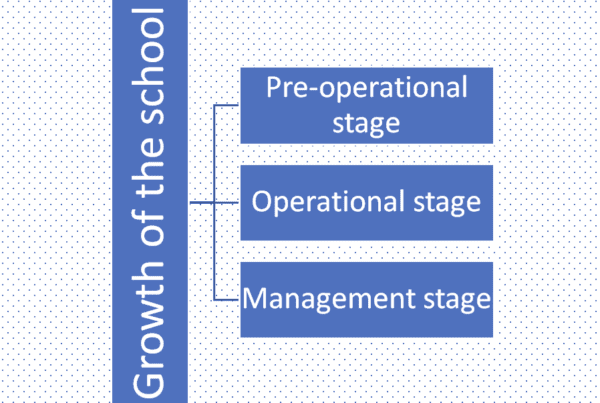Finland is constantly moving towards educational innovation, and there is a strong emphasis on skills-based learning. The following is a list of cross-curricular competencies taught across the board: thinking skills, cultural knowledge, everyday life skills, multi-literacy skills, information/communication/technology literacy, entrepreneurial skills, and participation skills, which incorporate active citizenship and building a sustainable future.
There are no mandated standardized tests in Finland, apart from one exam at the end of students’ senior year in high school. There are no rankings, no comparisons or competition between students, schools or regions.
Finland’s schools are publicly funded. The people in the government agencies running them, from national officials to local authorities, are educators, not business people, military leaders, or career politicians. Every school has the same national goals and draws from the same pool of university-trained educators. The result is that a Finnish child has a good shot at getting the same quality education no matter whether he or she lives in a rural village or a university town.
The differences between weakest and strongest students are the smallest in the world, according to the most recent survey by the Organization for Economic Co-operation and Development (OECD).
“Equality is the most important word in Finnish education. All political parties on the right and left agree on this,” said Olli Luukkainen, president of Finland’s powerful teacher’s union.
Teachers in Finland spend fewer hours at school each day and spend less time in classrooms and use the extra time to build curriculums and assess their students. Children spend far more time playing outside, even in the depths of winter. Homework is minimal. Compulsory schooling does not begin until age 7.
The transformation of the Finns’ education system began some 40 years ago as the key propellent of the country’s economic recovery plan. Educators had little idea it was so successful until 2000, when the first results from the Program for International Student Assessment (PISA), a standardized test given to 15-year-olds in more than 40 global venues, revealed Finnish youth to be the best young readers in the world. Three years later, they led in math. By 2006, Finland was first out of 57 countries (and a few cities) in science. In the 2009 PISA scores released last year, the nation came in second in science, third in reading and sixth in math among nearly half a million students worldwide.
Reference: Smithsonian Magazine




